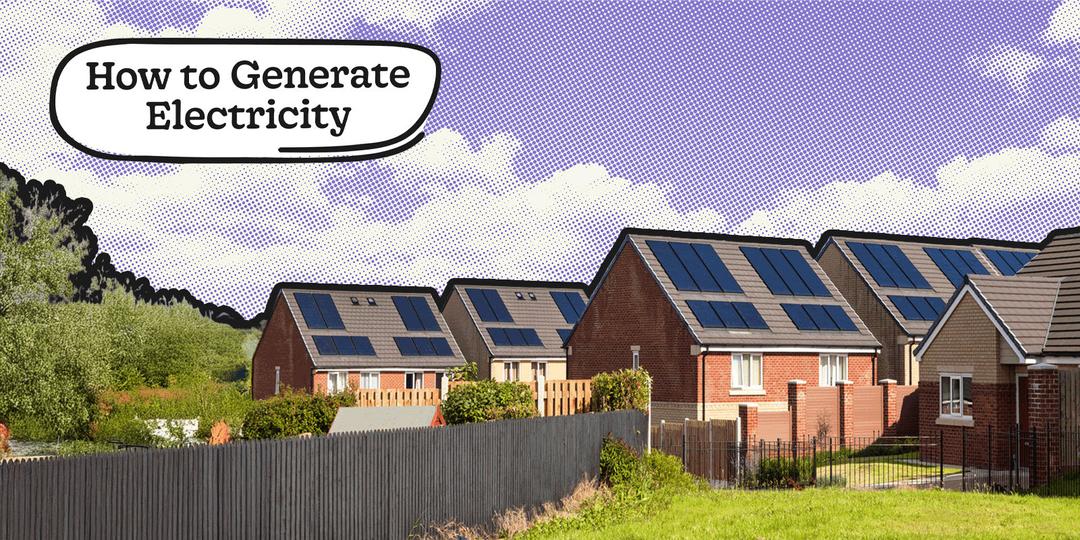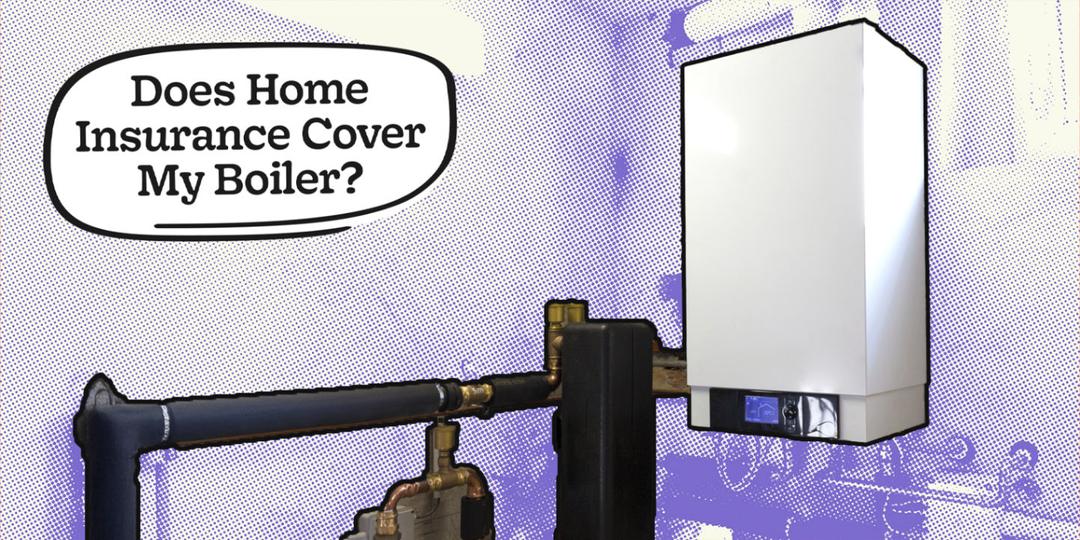Are you curious to know exactly how you could generate your own energy at home? Here we explore the various different methods at your disposal.
With the ongoing energy crisis and the rising cost of living, more and more UK households are looking for ways to escape the grid and generate their own electricity.
But is it possible? And what methods are available to you?
In this guide, we explore the most popular options for home energy generation, along with the average costs and numbers you can expect.
Let's begin...
Here’s a tip: More and more people are installing solar panels and switching to battery storage systems to benefit from the free energy of the sun, as well as lower off-peak tariffs, significantly cutting down their energy costs. Discover how you can start saving today - click here!
How to Generate Electricity at Home
In the infographic below, we've summarised the most feasible methods of generating electricity for the average home, along with estimated financial and energy returns you might expect for each.
1. Solar Panels
Installing solar panels is one of the most cost-effective ways to generate electricity at home.
Solar panels are able to convert sunlight into electricity which can then be used to power your home’s heating and appliances.
Solar panels produce electricity during sunlight hours, but it doesn’t have to be sunny for them to operate, although more sun will result in more electricity generation.
This electricity can be stored in battery storage systems allowing you to use the energy in the evenings.
Any surplus energy can then be sold back to the national grid using the UK Government’s Smart Export Guarantee (SEG).
If you want to discover more about solar, head over to our advice section.
2. Domestic Wind Turbines
If you have adequate space and or land, you could install a small domestic wind turbine in your home.
Domestic wind turbines are available as free-standing designs or attached to roofs.
Wind turbines generate electricity when the wind turns their blades, which in turn drives the internal turbine to generate electricity.
For example, a turbine of around 6kW could potentially save you around £350 in electricity annually and around £240 in SEG payments.
3. Hydroelectric Systems
Hydro or water uses the natural power of water currents to turn the blades of the system and drive the internal turbine to generate electricity.
In the UK there are many large-scale commercial hydroelectric systems in operation, but if you live near a river, you could potentially install a small-scale system for domestic use.
4. Air Source Heat Pumps (ASHPs)
Air Source Heat Pumps, similar to a refrigerator, work on the principle of condensation and evaporation to extract heat from the outside air of your home and recirculate it into your living space.
Air source heat pumps are a renewable form of heating that emit no carbon dioxide (but bear in mind that the electricity they use may not be generated 100% cleanly).
ASHPs can heat your home in temperatures as low as -15.
5. Biomass Boilers
Biomass boilers work by combusting sustainably sourced wood pellets to produce heat for your home.
This is very similar to the way that conventional gas boilers work, providing you with space heating and hot water.
Biomass boilers are a sustainable and carbon-neutral alternative to gas boilers.
Wood pellets are a renewable fuel source, so biomass boilers are a great way to reduce your carbon footprint.
Even better is the fact that it’s estimated that a biomass system can save you up to £870 a year compared to old electric heating systems.
6. Solar Water Heating
Solar water heating can also be used to supplement your primary hot water system.
A solar thermal system or solar water heating system uses a solar collector (tube or panel) to heat warm before it can be stored in a hot water cylinder or thermal store for domestic use.
Recommended reading:
Generating Energy at Home Conclusion
As you can now appreciate, there are many methods to viably create your own energy at home.
Even better is the fact that you could be eligible for funding in certain scenarios, e.g. by making use of the Boiler Upgrade Scheme and/or the ECO4 scheme.
To find out more about domestic renewable energy solutions, refer to our guide on the alternatives to gas boilers here.
Read more:





